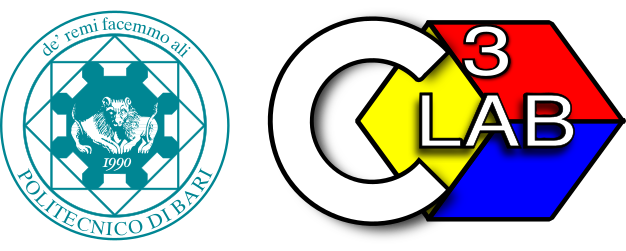End-to-end transport protocol
The end to end transport protocol is a key component of the system. We address the problem of congestion control of multimedia contents which is still a very active research topic.
Multimedia congestion control differs from bulk data congestion protocols in several aspects:
- In many applications, i.e.conferencing, retransmissions are not useful.
- The quality of service depends not only on throughput but also on end to end delay.
- The throughput produced by the congestion control algorithm should be as smooth as possible in order not require large buffers (very important for embedded devices)
- The algorithm must maintain fairness with TCP competing flows
Several congestion control algorithms for multimedia transport have been proposed in the last years such as TEAR and TFRC (TCP Friendly Rate Control), and recently DCCP which is a kernel space implementation of TFRC.
Our purpose is to design and implement in user space a protocol a-la Westwood+ which will be able to scale from low bandwidth links (few Kbps such as GSM) to very high bandwidth links (such as gigabit networks).
Moreover we aim at integrating the congestion control algorithm with a quality adaptation layer which is in charge of adapting the quality in the underlying encoder in order to get the maximum audio/video quality without congesting the network and losing packets.
